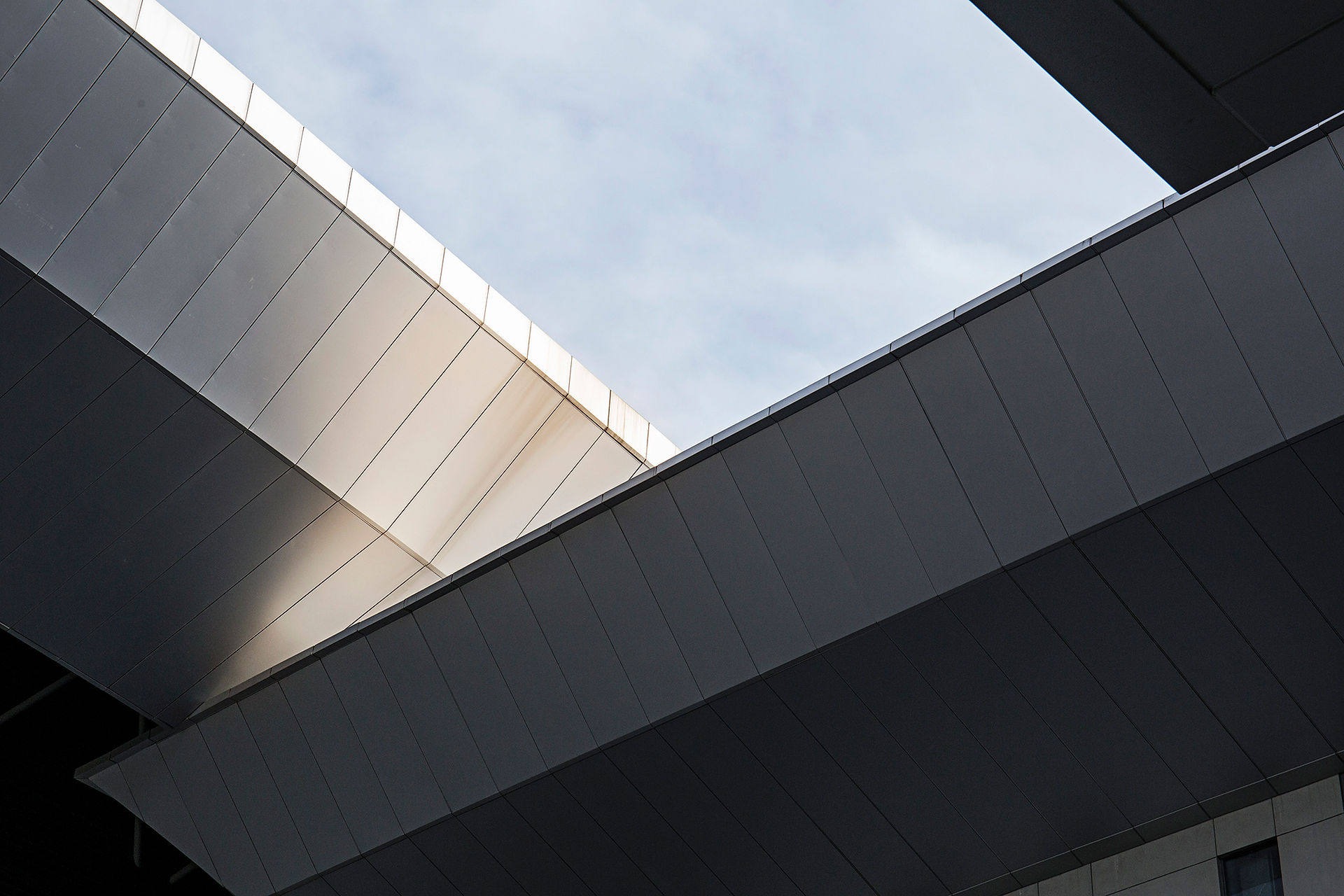Is There A Dark Side of Tulum?
- Mandy
- Mar 5, 2023
- 3 min read
Updated: Jul 9, 2023

In the past, there has been a lot of negative light on Tulum’s environmental shortfalls. Despite it's outer eco-chic appearance, there was some serious polluting going on. I'd like to shed some light on the current state of affairs and what the Mexican government, developers, grassroots organizations and the community at large are doing about these issues.
Here are some things many people don't know about the government's initiatives to maintain the integrity of the air, water and land around Tulum:
Density limits - Tulum is unique in the sense that from the highway to the beach, it has the archeological zone to the North and Sian Ka’an bio reserve to the south, meaning development and population growth can only occur in one direction which is to the west (further into the vast jungle) *I highly recommend you experience Sian Ka’an, it is a breathtaking example of conservation in the area
MIA (Manifestacion del Impacto Ambiental) - a mandatory municipal permit with the objective of preventing, mitigating and restoring damage to the environment as well as the regulation of work/activities to avoid or reduce negative impacts to the environment and human health. Here is the official government website: https://www.gob.mx/profepa/articulos/manifestacion-de-impacto-ambiental-mia and here’s an example of an MIA https://apps1.semarnat.gob.mx:8443/dgiraDocs/documentos/qroo/resumenes/2014/23QR2014TD098.pdf
Environmental protection building licenses/permits are becoming more difficult to obtain
Due to growing awareness of these issues, sub-aquatic water is being protected now by more conscious developers
A good example of recent environmental recovery is the Bacalar lagoon (From years of overuse of motorized recreational vehicles in the lagoon combined with waste runoff from local towns and villages, the famous Bacalar Lagoon had lost many of it’s 7 shades of blue. With conscious efforts of the local government who enforced new limits on the use of motorized vehicles in the lagoon and are equipping the nearby Ejido villages with better waste management systems, the lagoon is now recovering. With 5 of her 7 colors back, she is well on her way to being the beautiful 7 color lagoon we know and love)
Municipal planning in Tulum always includes strategies to improve on sustainability. For example, there are newer neighborhoods of over 100 hectares that are being intentionally designed without roads, just bike paths (there will be no motorized vehicles)
Many real estate agents don’t heavily promote projects without sustainable features
The government and corporations have a very big interest in the preservation of this area. Tourism is the main source of revenue in Mexico in general but particularly in Riviera Maya
Government IS doing their part, it's also up to the consumer (tourist, homeowners) to make more conscious purchases, which we are seeing. I've had clients walk away from a project they loved solely because it didn't offer the level of sustainability they demanded

Since building developers are largely being demonized in this situation, let's check in to see what some of them are doing to support rather than destroy the environment here:
"Green" is a real buzzword around Tulum, used by many to attract American buyers but some developers have actually begun to take environmental issues seriously and are working hard to ensure future generations can enjoy this beautiful place we call home.

Aflora Tulum is one example of an environmentally conscious project in Aldea Zama. With 3 hectares of jungle being converted into a thriving community and construction planned into 2024, this is a perfect case study. Shangri-La and Luxma are leading the way on environmental issues in Tulum by incorporating sustainable features into their project, working with grassroots community groups and going above and beyond what is required to ensure the integrity and health of the jungle, beaches and cenotes around them.
Aflora has a zero plastic/waste policy on the construction site. They have also preserved as many of the trees as possible during building and will replant many of them once construction is complete
Aflora developers are in constant collaboration with a local association (Global Makers Tulum) who are environmental activists and organize many cleanup projects on the beaches etc.
Aflora has incorporated sustainable features such as waste water treatment, eco-efficient appliances, solar energy, rain water collection, permeable trails, green terraces, native landscaping and jungle preservation areas
Aflora will have it's own recycling and composting program
Aflora uses local building materials, reducing their carbon footprint
With approximately 50% green space, Aflora is a low density project
The creators of Aflora are closely connected to the creators of the Green School and love it or hate it, they share the same vision to support a sustainable future for Tulum
Despite all of the greed, I like to believe we all still share the common goal of maintaining the beauty of Riviera Maya as demonstrated above. What initiatives would you like to see, what would you support and participate in or even create if you were part of this community? Let me know below, I love hearing fresh new ideas!


Comentários